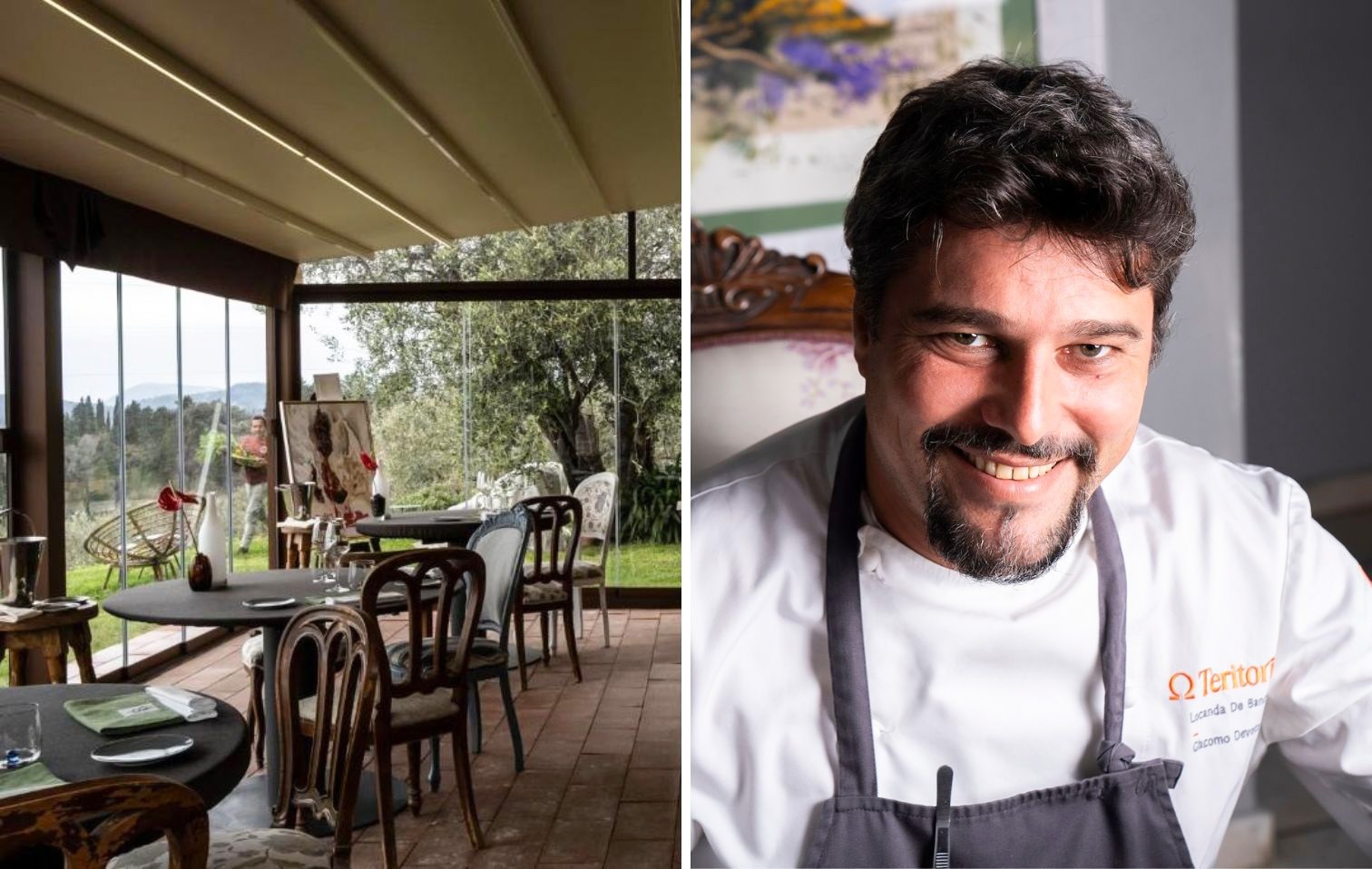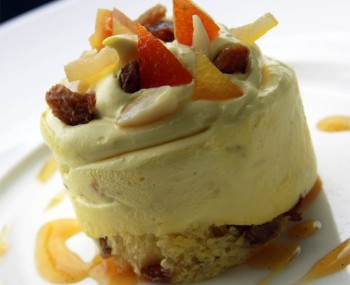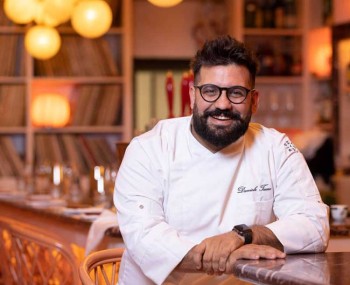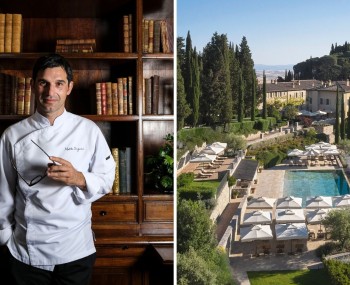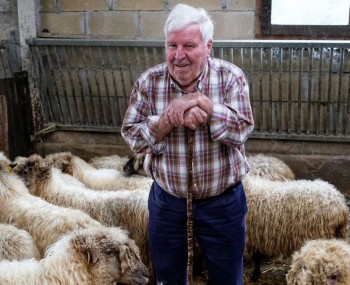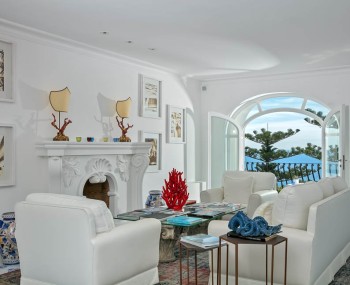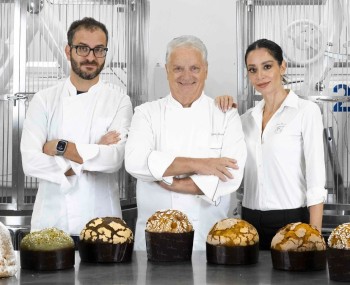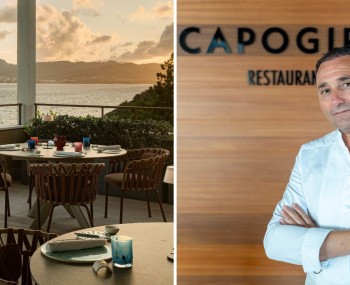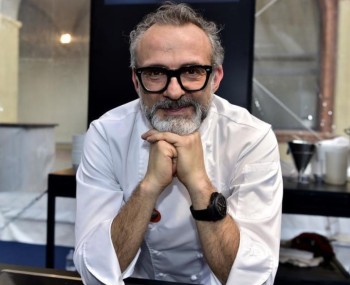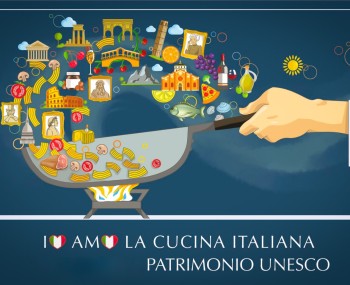Giacomo Devoto's sign shows how much the human factor can affect the environmental one (and vice versa), leaving traces of deep synergies in the tastings. Among the countryside of Fosdinovo, a hotspot of conscious cooking that “cultivates culture,” from farm to fine dining.
9 o'clock and brisk air, wandering around the vegetable garden is the best way to hold on to the endorphins forfeited at breakfast. In my mouth still the texture of the oven-warm pan brioche tasted a little while ago together with the bottega prosciutto -buffet not forthcoming, at the Locanda de Banchieri the good morning is expressed as a matter of course. It may be that we have just exchanged a few words with Mirco, a botanical expert intent on tending his offspring of seedlings and equally inclined to praise their progress (almost as if they were growing children!); it may also be that the slow awakening without pre-packaged foods has reconnected us to the bucolic scenery outside the usual city rounds. The fact is that when chef-patron Giacomo Devoto arrives to explain how the dishes of the maison restaurant (the first and only star in Lunigiana for the Michelin Guide 2025) are created, we witness one of the rare cases in which the product shapes the menu and not vice versa.
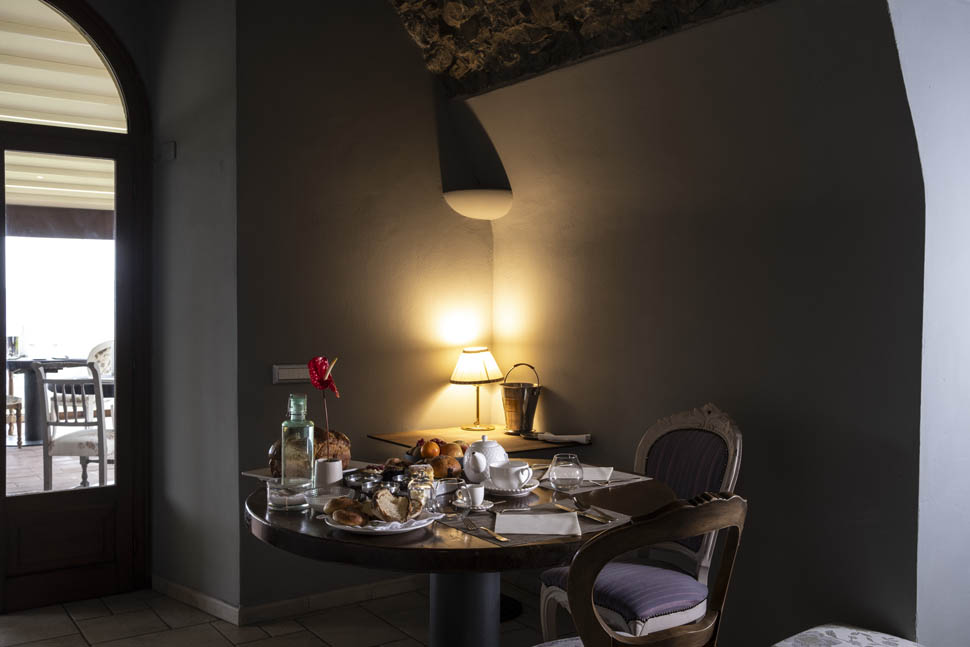
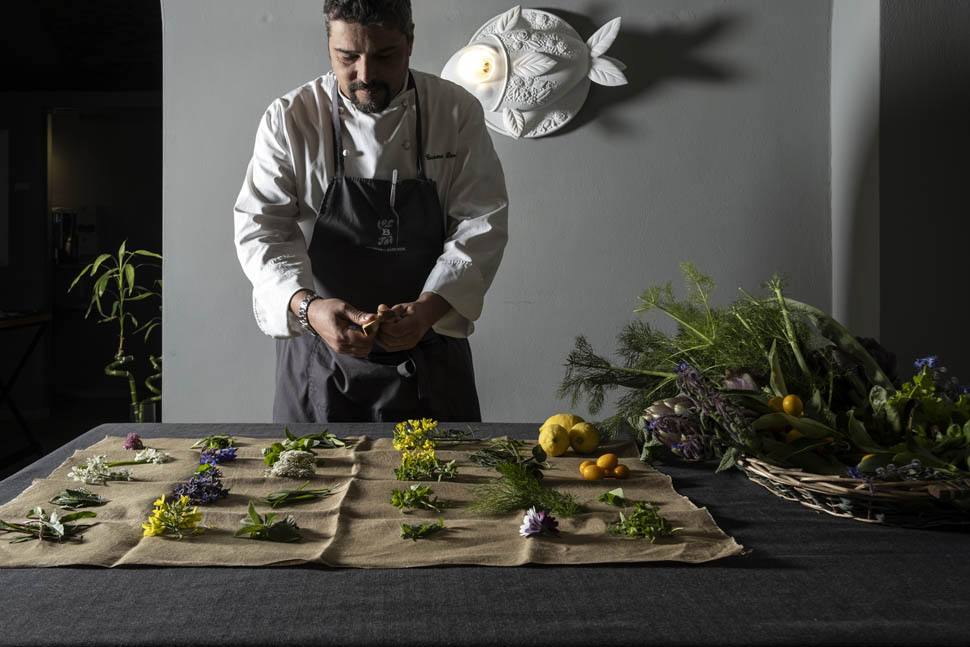
“Every single herb I use lives here,” begins the chef, a true Virgil of this farmhouse lost among the hills of Fosdinovo 15 minutes' drive from downtown Sarzana, turning a water celery covered in frost between his fingers. "To think that at first there was only a 40,000-square-meter plot of land that was destroyed and abandoned. We cleaned and restored it in three years, without throwing away either the reeds or the brambles: they were gradually bio-shredded to return them to the soil." Indicating that the essential is invisible to the eyes, but it all lies in a dense network of plant relationships.
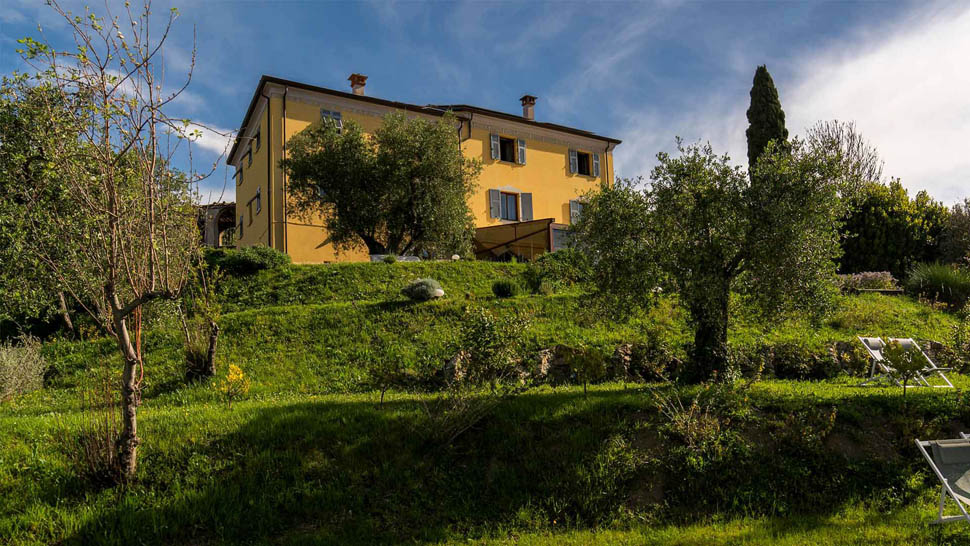
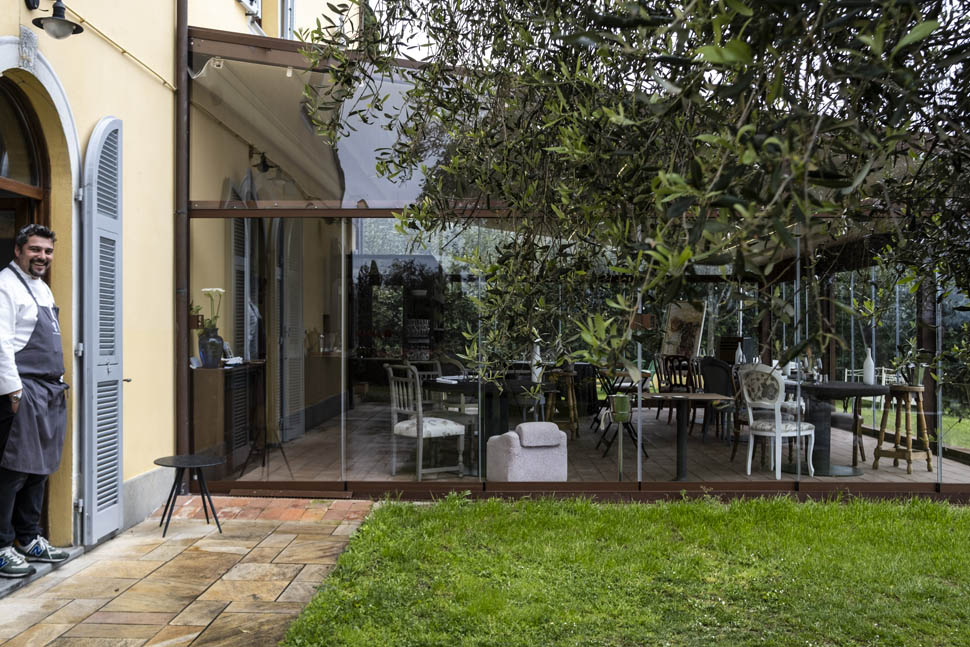
Head up and you catch a glimpse of geese scampering near a small spring: from there their manure runs along an uninterrupted stream of water, collected in 7 underground tanks that are then pumped back into the green area, also following a judicious crop rotation. James, however, has moved on. "In the brigade I have given up superfluous utensils, I make fresh pasta with eggs from the geese themselves, and I don't conceive of first fruits traveling smothered in plastic. What's the point of spending 10,000€ on packaging a year if I can plate freshly picked salad?” Basil smells briny, straight and sharp: it erases the memory of the faded “tub” version. And so “after processing the flowers we let it dry bringing the cycle to completion, just to have a continuity of use.” We will find it again on Officine del Cibo's pizza , another stop in a small constellation of interconnected realities (Giacomo's restaurants are two and not one, stay tuned).
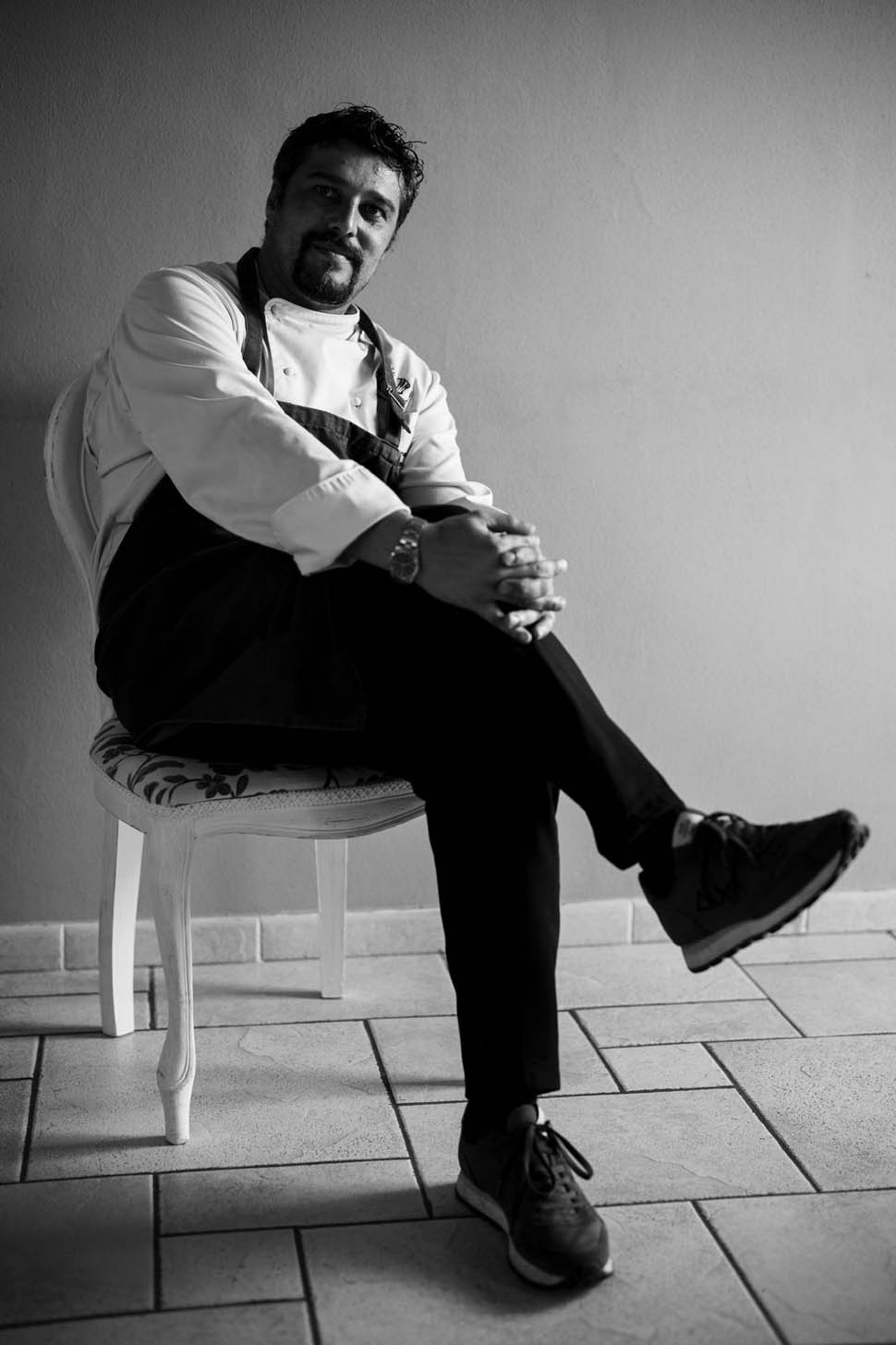
So much so, 2-3 steps and the fruit appears: kumquats, lemons and “20 ‘baby’ arbutus trees that maybe in 4 years will make up a seasonal course on the card. It takes patience to wait for them to form a nice cluster.” The same patience that led the chef to reduce energy expenditure to 15 kilowatt hours, with photovoltaic panels lowering the impact by another 5. Mirco, meanwhile, has completed his morning rounds-yes, he assures us, the offspring of seedlings give satisfaction!
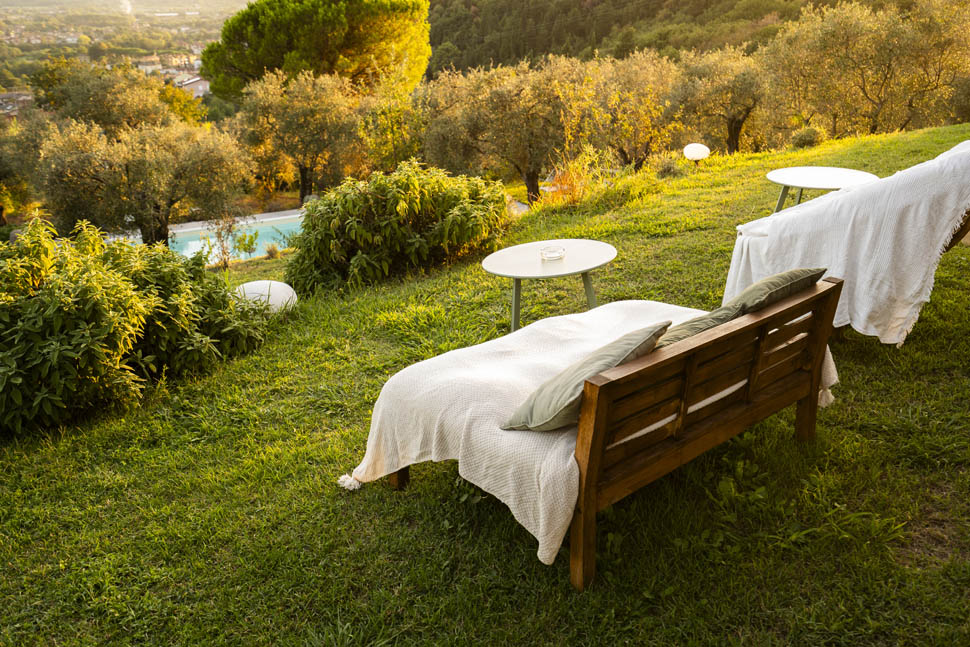
Locanda de Banchieri: the gourmet and the welcoming
Moving from zoom to wide-angle, the picture gradually emerges of an estate introduced by a “non-gate” in the wake of Tuscan estates and broken down in turn into the reception project (4 rooms, in the future 6) plus the eponymous fine dining open to the public inside and outside. The initial meal of the day is chosen as early as check-in, zeroing in on any semblance of waste, and the rooms incorporate rustic elements from which a certain sense of familiarity emanates: it's the rustic destination that unlocks country memories without sinning on redundancy.
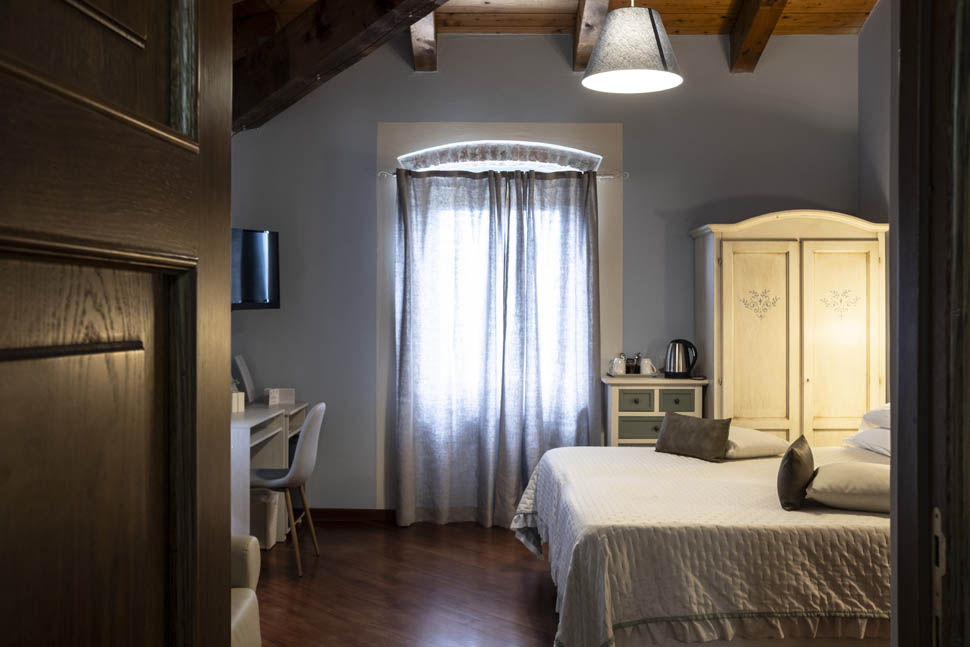
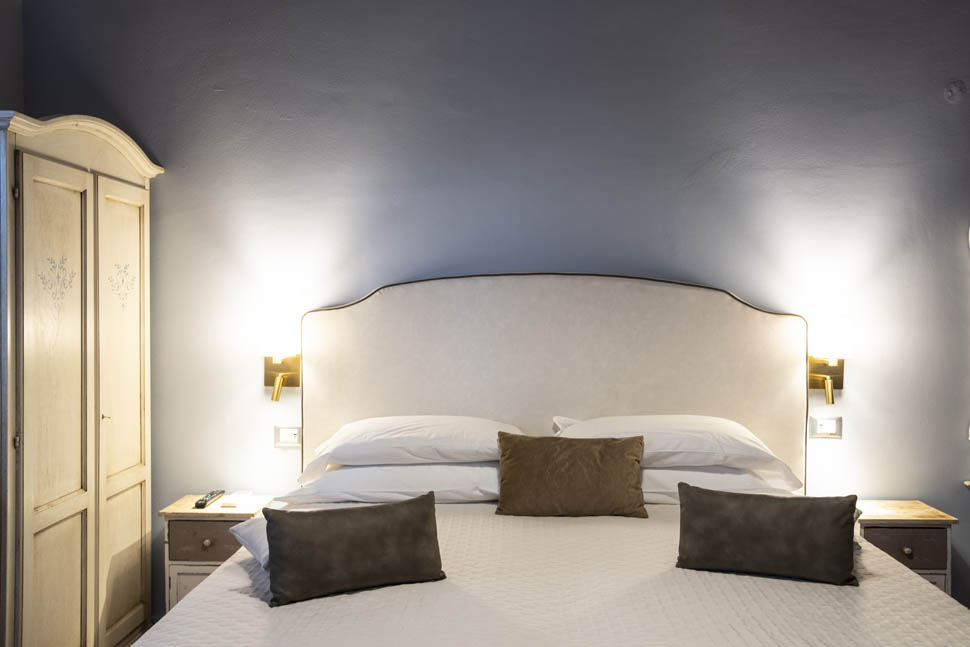
So while three articles would not be enough to transcribe the salient points of Giacomo Devoto's 2025 agenda, we have chosen to explain why Locanda de Banchieri puts any kind of ethical flag-waving tout court at the door: “I don't like to abuse the term ‘sustainability,’ I prefer to talk about ‘full awareness,’ ”, points out the chef. “We have to be aware of what we have around us, and gastronomy is just one of the means to tell about it.” So, in addition to green self-production, the gourmet “cultivates culture” with an expo of iridescent works, often executed by area artists (numerous vernissages organized on site and evenings with musical accompaniment, precisely to sow the seeds of a reflection that transcends food).
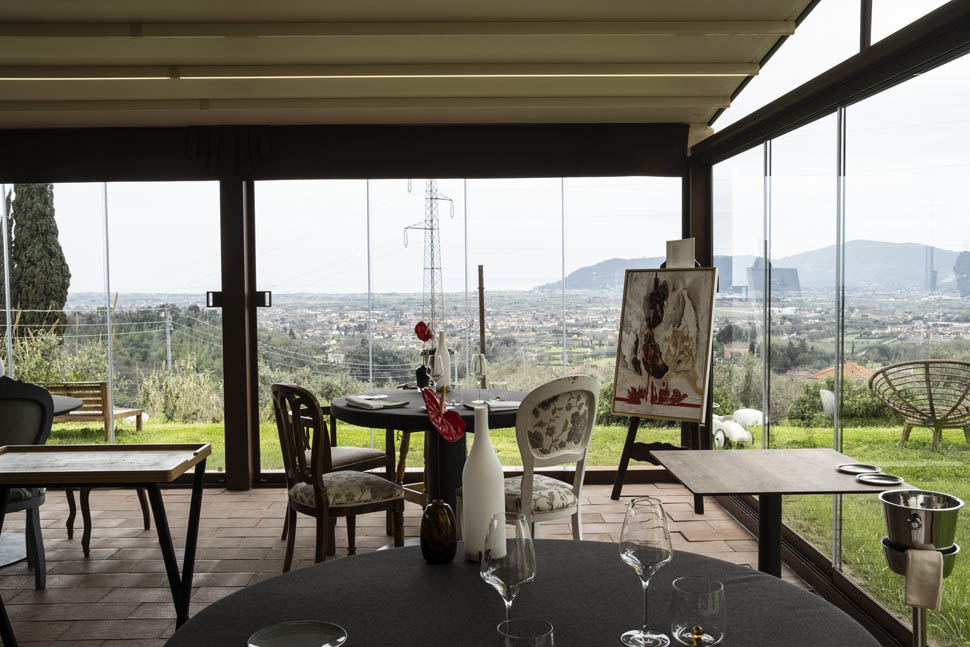
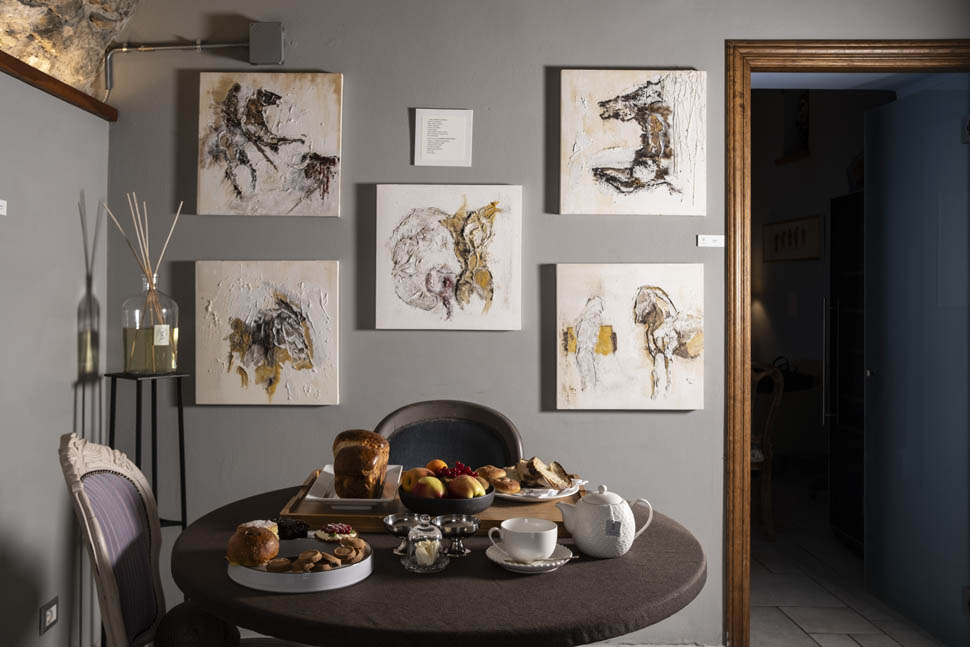
On the other hand, spots of light in the dining room brighten the set of a modern mansion that does not obscure history, with the walls of the 17th-century manor house and stained glass windows strategically stretching out over the Lunigiana countryside; at the tables, Giorgia Razzetta 's “floating” sculpture-a “marble cloud”-unites menu and landscape through naked matter. “In time, moreover, a kind of ‘restaurant within a restaurant’ reserved for a limited number of guests will take shape,” the newly-starred chef explains. “On one side will be a private table of 4-6 covers, and on the other a drink table where those who wish will be able to dine on alcoholic and non-alcoholic offerings."
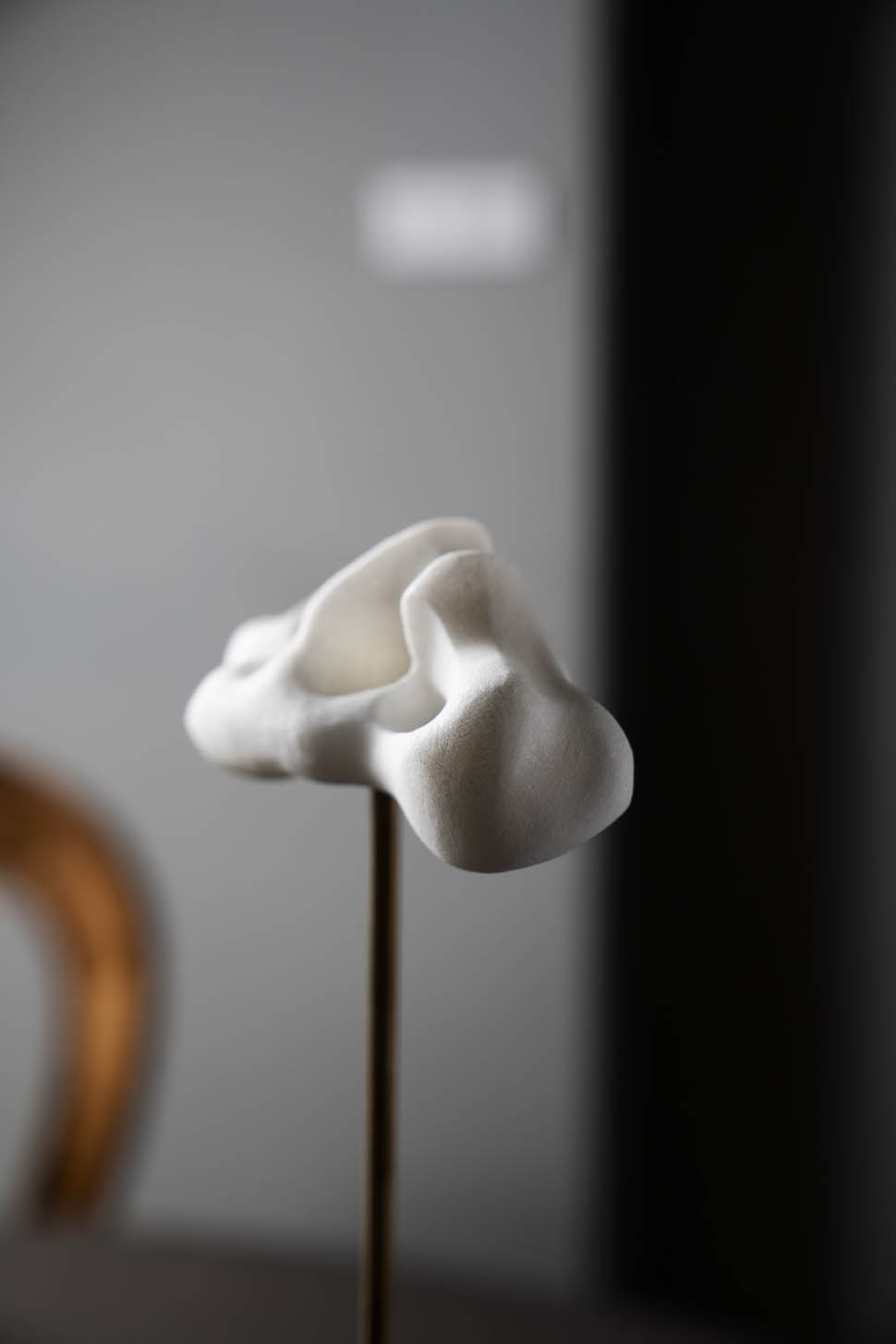
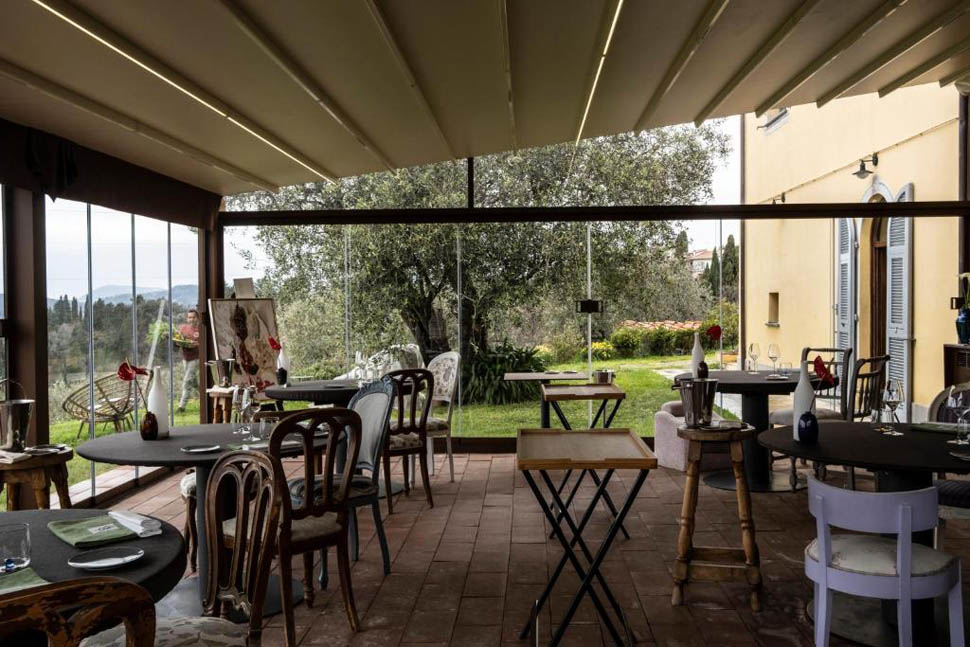
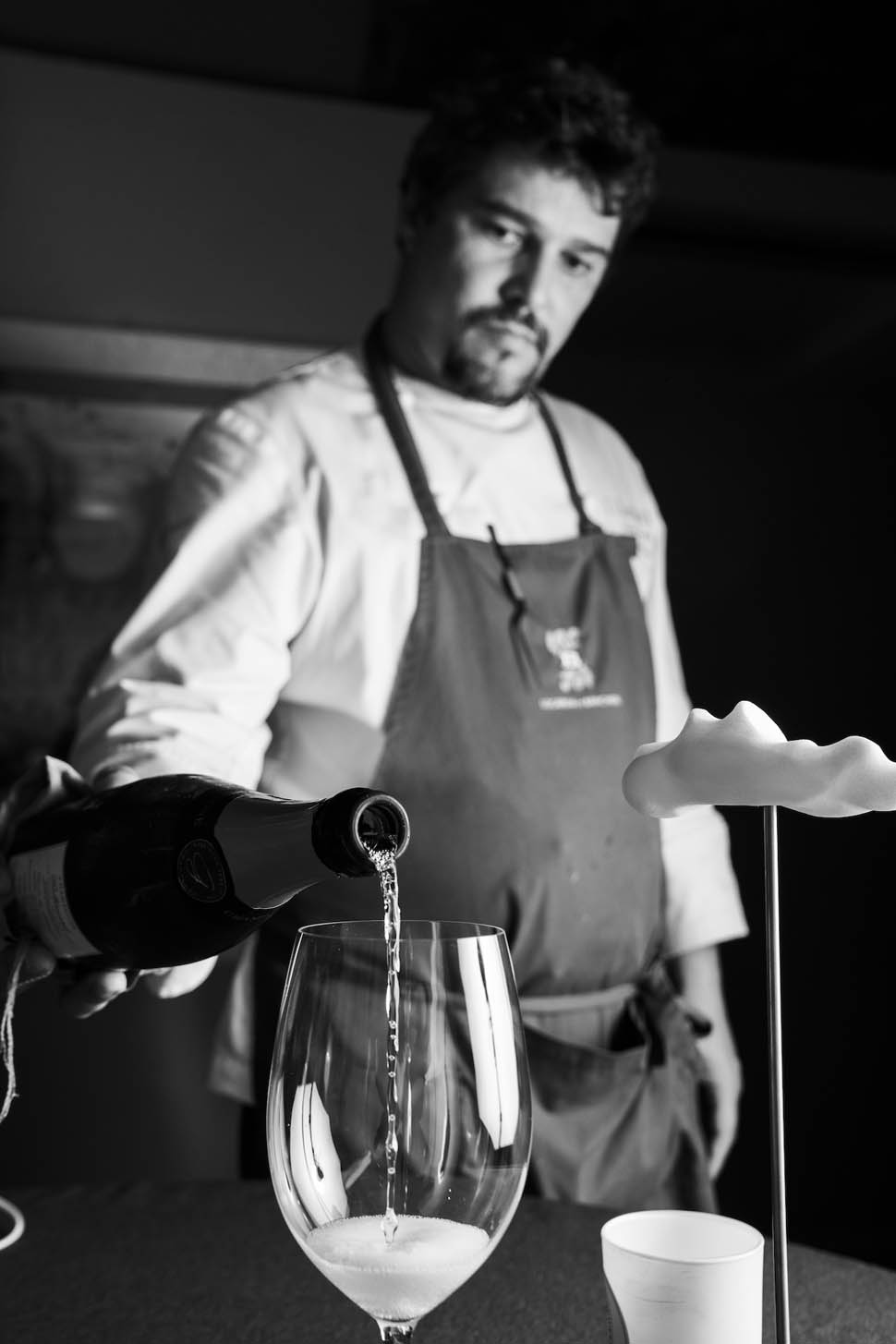
The activities, the human factor and the “circular” model
It goes without saying that Locanda de Banchieri draws from a biodiversity between the terrestrial and the marine: “total Lunigiana,” of which haute cuisine represents the crowning glory without clipping the wings of other parallel formats. A further building block is, in fact, the Officine del Cibo dough research lab (we will tell you about it shortly), subject to a solid team reinforcing both activities. “Most of the team has been working together for years: I made my debut right in the pizzeria," says sommelier Elena Braglia, now presiding over the wine cellar that acts as a buttress to the restaurant's tastings with a thousand selected labels (among the key figures in the service, both of Officine and Locanda, we also mention the talented Simone Bellè).
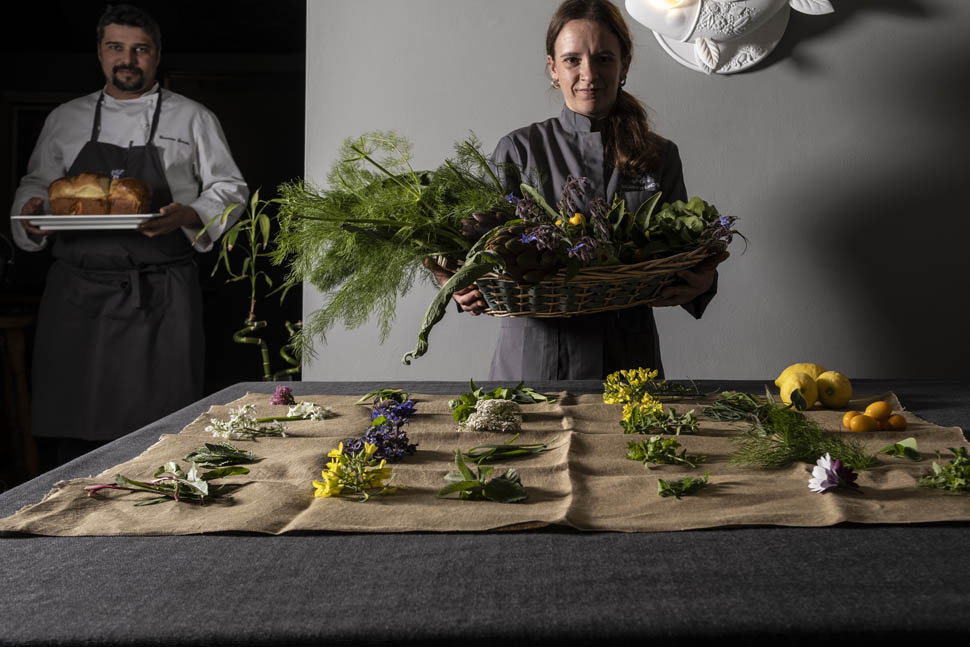
“Usually such contexts involve high employee turnover, given the branching. Instead, for us it is exactly the opposite: we have grown together with Giacomo, often changing roles and discovering new aptitudes. What's more, the same ingredients are spinning in the kitchen: thanks to the “ring” system, everyone knows, experiences and optimizes the farm's resources firsthand." An example of how much the human factor affects the environmental factor (and vice versa), leaving traces of deep synergies in the tastings.
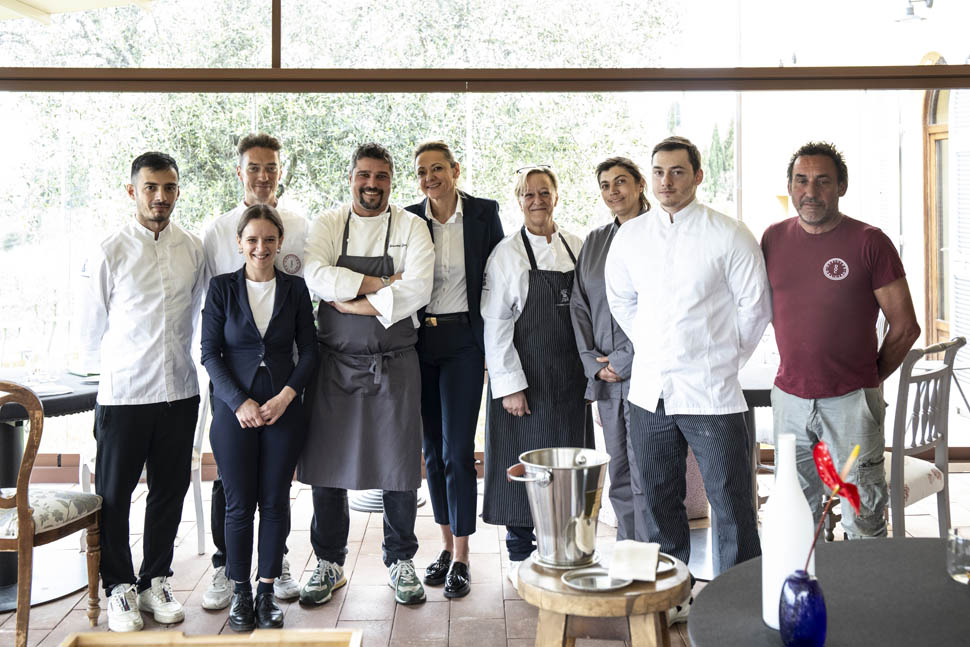
The dishes of Locanda de Banchieri
Banished are the armored menus: at the Locanda, the menu is a must, and everyone can structure the experience independently. Nevertheless, the triple itinerary thought up by the chef (“Portus Lunae” at €80; “Alpi Apuane e dita di Nettuno,” at €100; “Lunezia Andata a Ritorno, ”, at €140), from which emerges a “mix and match” of elements capable of condensing the surrounding geographic eclecticism into the dish, immediately leaps to the eye. An approach not to be taken for granted-it bears repeating-despite Devoto's Sarzano origins, who has gone from Paracucchi's Locanda dell'Angelo to Val D'Aosta, to branding his indigenous dining imprint from scratch.
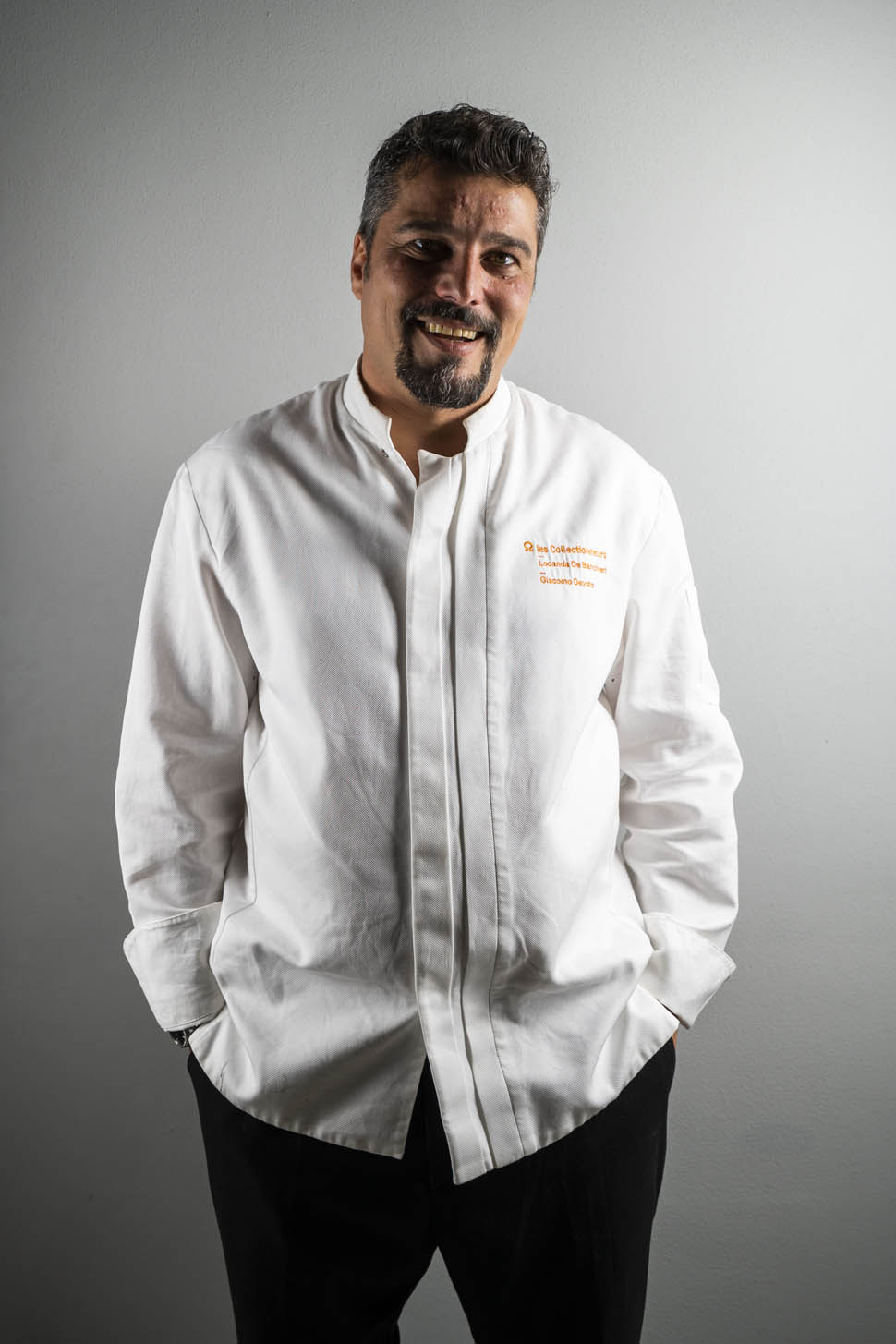
The welcome is tradition compressed to a high dosage of flavor: imagine five popular specials reduced for the occasion to miniature inches. There's the Ligurian Scarpazza with its typical vegetable-filled pasta sheet, to which a curd and herb extraction give the missing acidity; the Testarolo, yes, but crunchier “because it's vacuum conditioned and cooked successively on the cast-iron testo, as well as whitened by Parmigiano Malandrone with 48 months of seasoning.” the Baccalà alla carrarina, a favorite lunch of quarrymen that turns out to be street food by first being marinated in tomato scapece and later fried (the opposite of the standard recipe): the result is a finger with an unusual texture, with the marinade shrunk “like ketchup.”
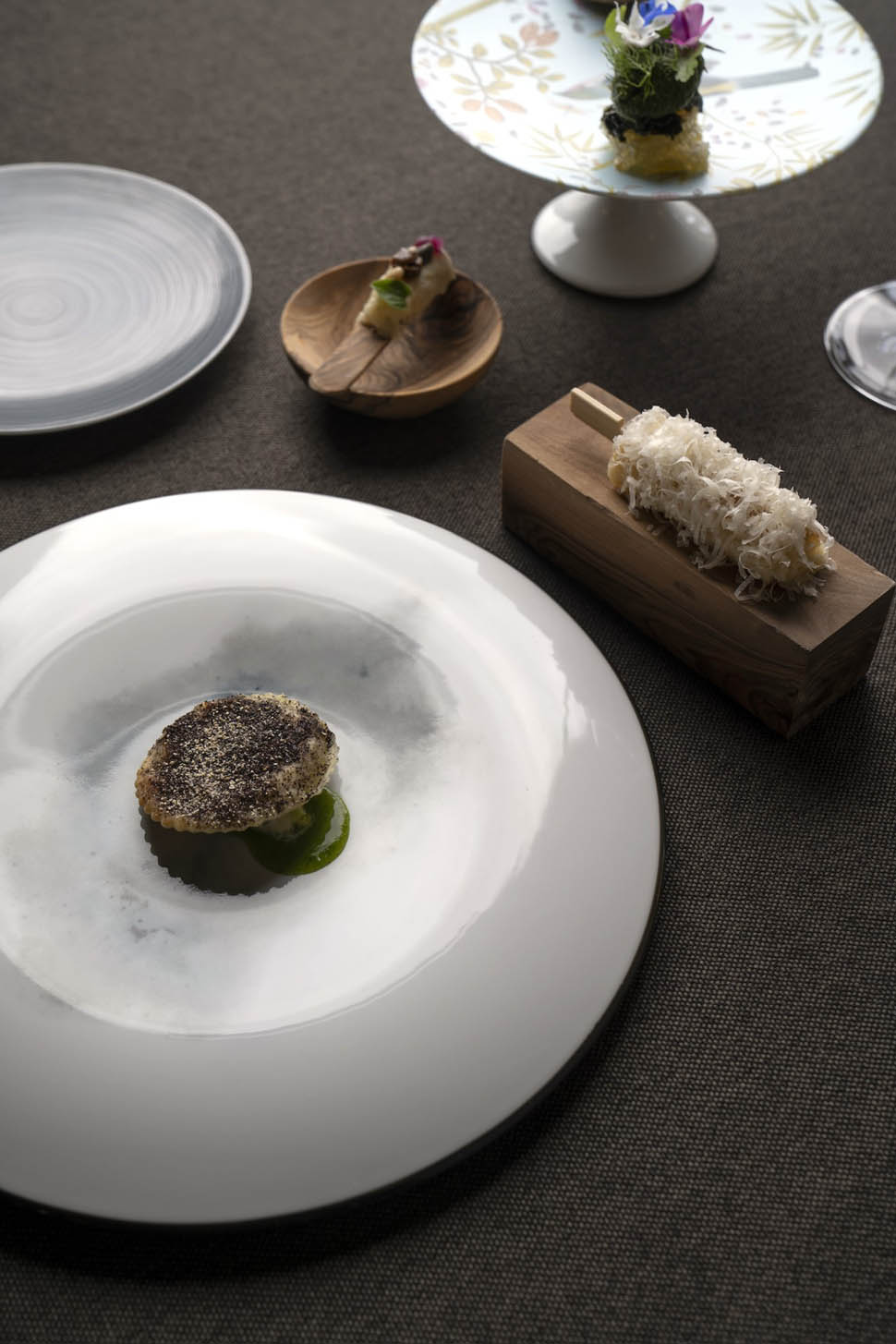
Again: never would we have thought we would be tempted by a Tuscan crostini completely devoid of livers, yet this is the highlight of the amuse bouche, completely vegetable. Last lunge, the Mesciua, fragrant La Spezia legume soup converted into a chickpea flour waffle.
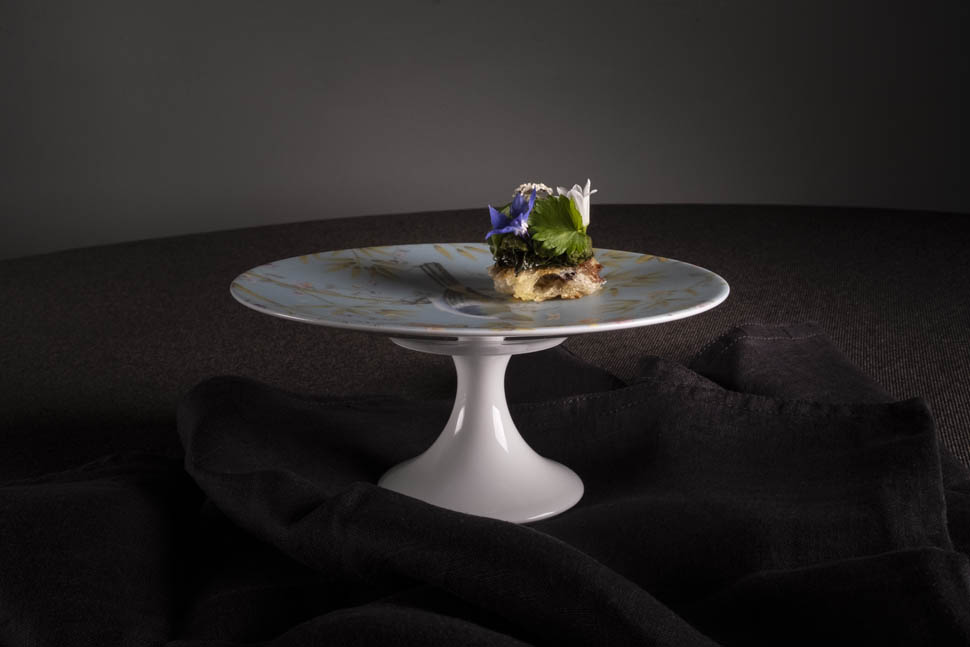
From the catch of a too-often undervalued fatty fish-the sciabola-originates instead "Azzurro", a seafood intro "streamlined" by an alternative miller's sauce: "No flour, we make it from the animal's less common scraps." Smart find to cleanse the mouth with a diffuse sense of cleanliness, which raises the bar along with the savory reinforcement of herring caviar.
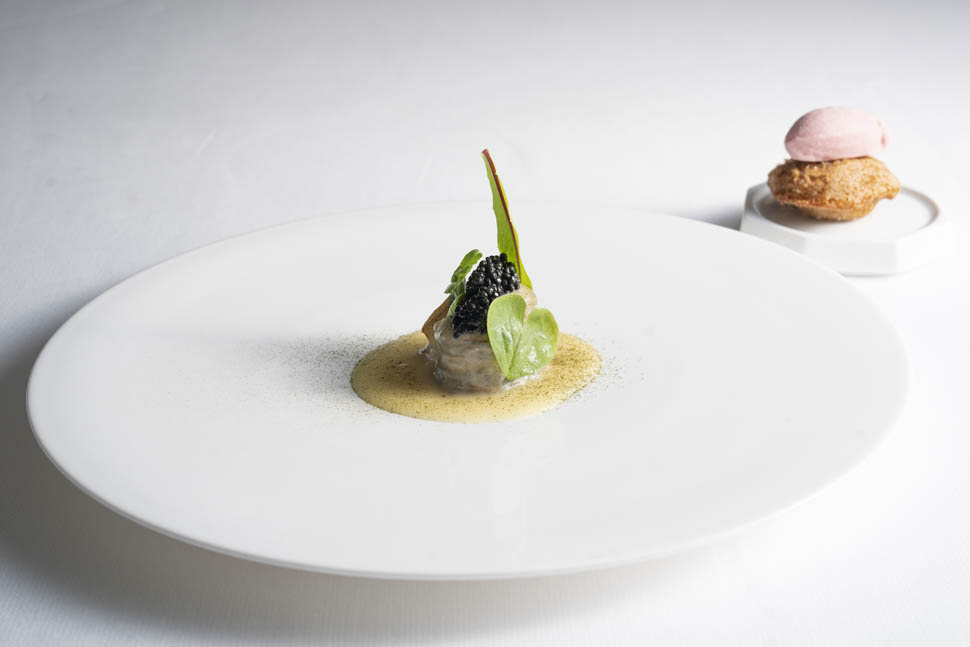
Along the same lines is La Seppia farcita al cappon magro, minus the beet and salsa verde present according to tradition. “The latter, in particular, tends to flatten the nuances of the various components. In the end we replaced them both, recreating the pure idea of the dish with a single fermented base of garlic and lemon". Translated, this means accentuating the sour part, slowly veering from the coast to the abyss-see the cuttlefish veil on the surface, a contemporary seal that layers vertical perception.
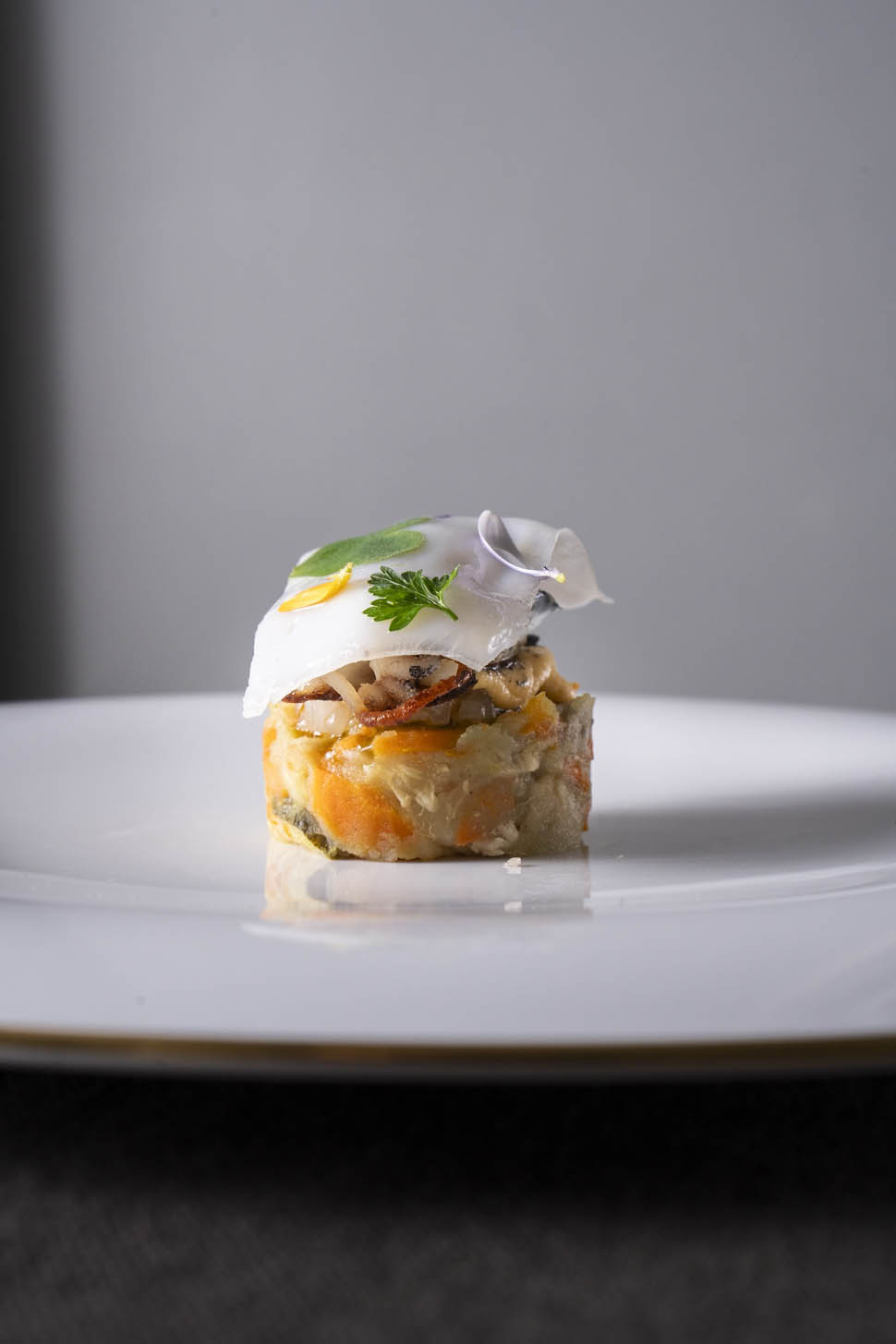
It looks like a sandwich the Pontremolese, greedy intersection of Liguria, Tuscany and Emilia. “I wanted to turn a light bulb on three 'differently similar' regions,” , confides the chef. "So we start with the sourcing of the working cow, whose hindquarters we treat for conscious employment. The Panizza fritta symbolically connects the Ligurian and Pontremoli areas; the La Spezia oyster injects a plus of iodine and fatness instead of anchovies and capers.” And the act of assembling the course reactivates the senses, for a playful intermission: “On the outside, the shortbread, which I still model with my grandmother's Christmas cookie mold; inside, the best of the seasonal wild herbs.”. A flashback with feet firmly planted in the present.
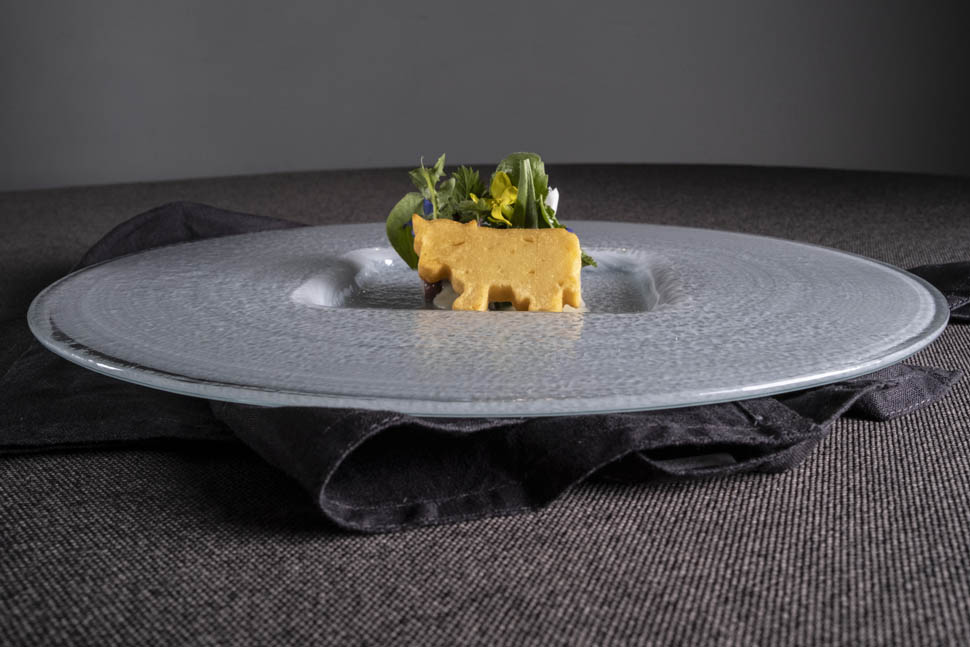
The carbohydrate moves a light step in the Emilian Bottone in Bolgheri, canocchie cacciucco and marinated cuttlefish. The mantecatura? “In a seafood sauce with cypress butter, to give a tart, woody twist to the enveloping fresh pasta.” Needless to say, a lightning-fast flicker of Tuscan-ness flashes in the topping, the chef's heartfelt tribute to his friend Pier Giorgio Parini.
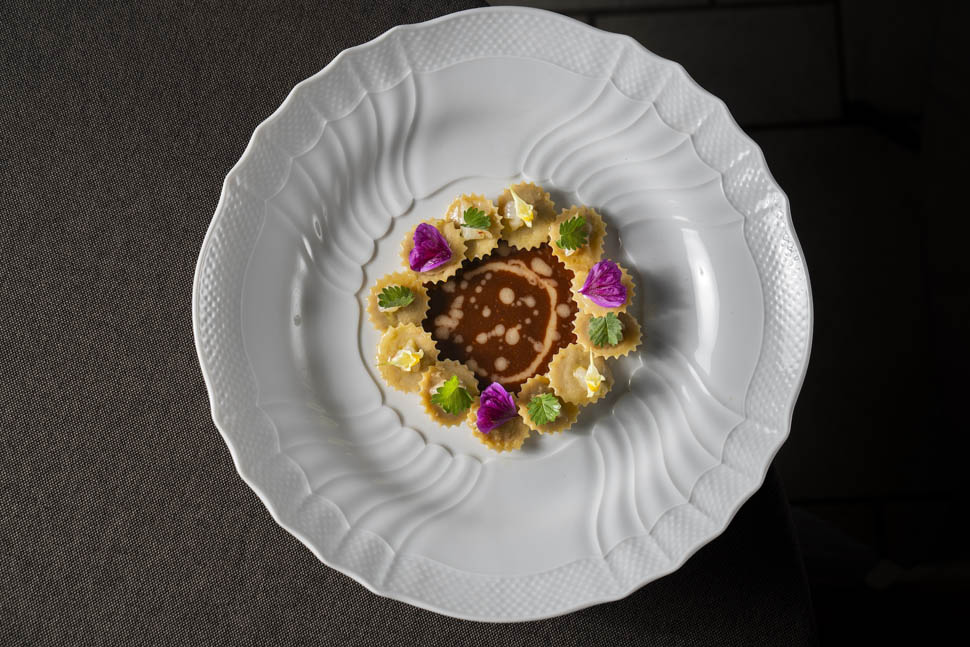
Steady on paper and dynamic on the palate, the Risotto with seafood chowder extract and wild plants prints itself sharply on the palate with its herbaceous escalation: " The original idea was to purge the classic seafood risotto of its excesses by treating the fish stock in extraction.". Goal achieved with the fresh insertion of 5 plant species on the surface, so that it feels like eating 5 risottos in one. The herbs, in fact, do not languish with heat; on the contrary, they give length following a tactical order: “The circle closes with mint and lemon verbena, of greater balsamicity.”
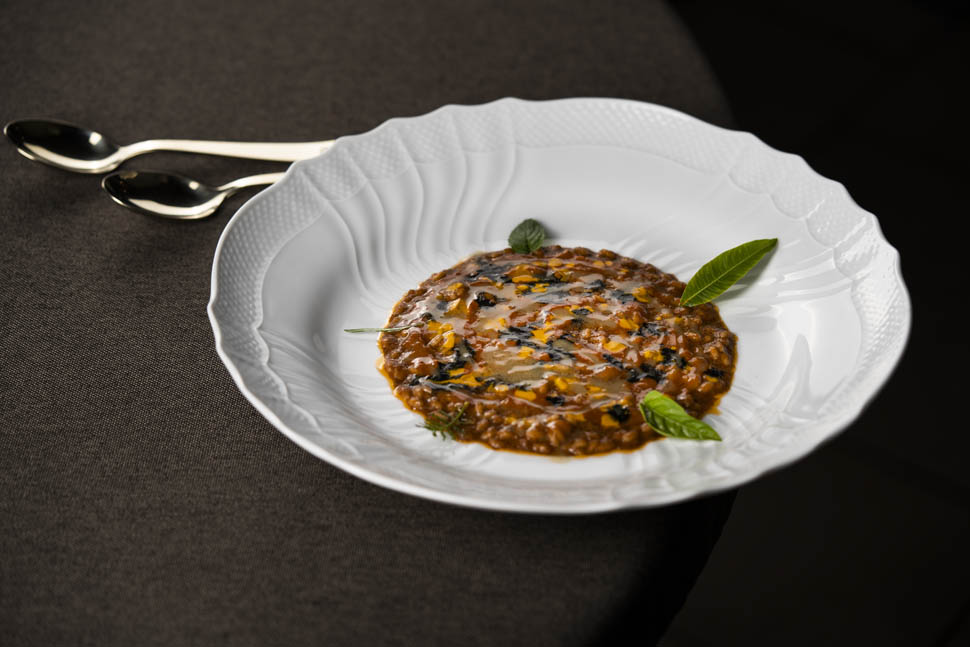
In the home stretch, it is the meat that gains ground, aided by a multiple-cooked Rabbit Ballotine : after passing through casserole, the second sausage and chestnut stuffing is finished on the ancient French-style cast-iron griddle, bathed in a sumptuous foie gras and cocoa sauce royale and flanked by a garlic cream to dampen the spike of wild intensity. End titles with Luni di Miele: “The one from Lunigiana was the first in Italy to obtain the PDO, ” the chef points out. The dessert insists on a tuile that lowers the sugar content, pulling in unexpected toasty hints. 11 p.m. Sharp and brisk air, outside crosses table neighbors for a late-night chat. "Have you seen the vegetable garden? They really do it here."
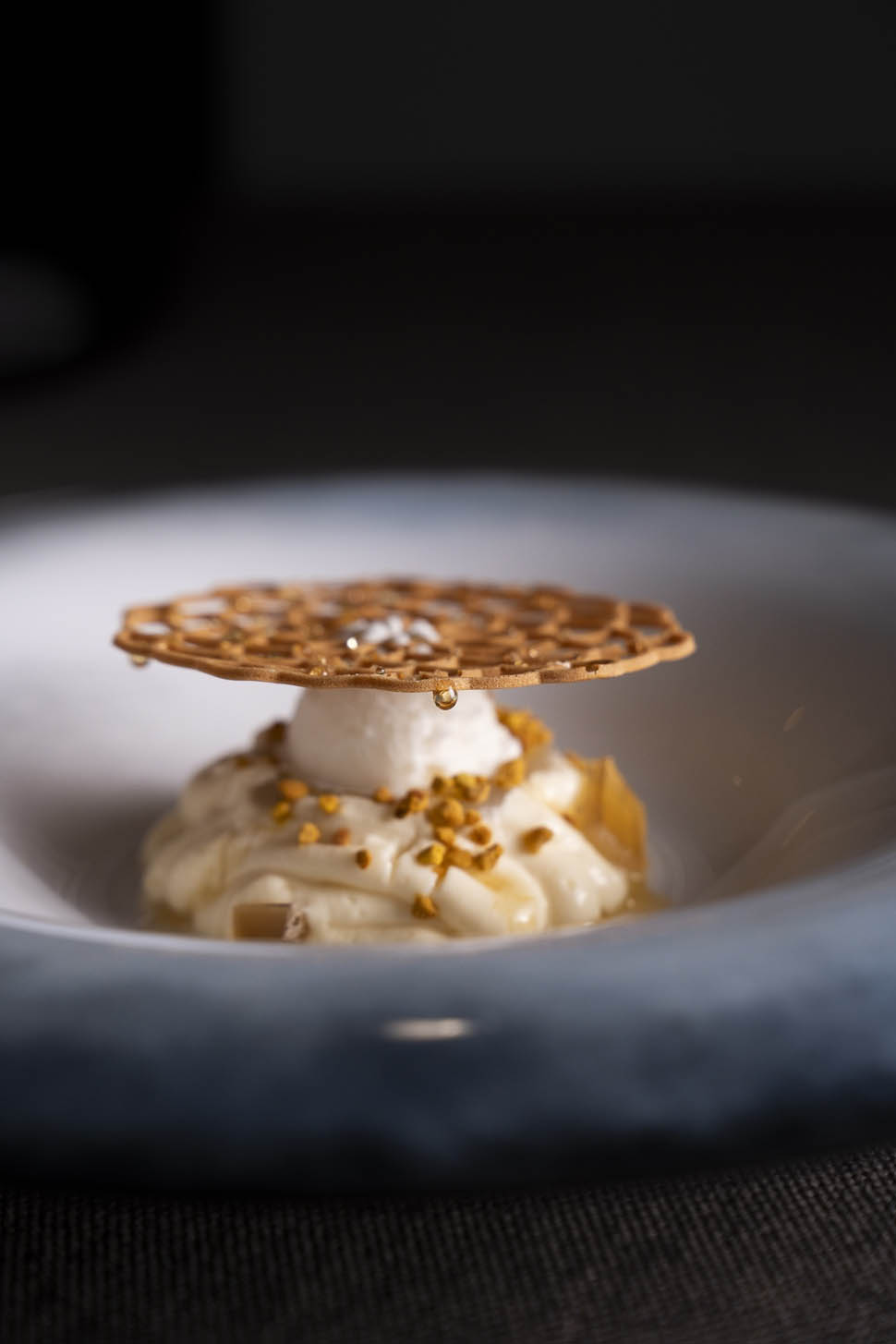
Contact
Locanda de Banchieri
Via Porredo 32 - Caniparola di Fosdinovo [MS].
Web: https://www.locandadebanchieri.it
Email: info@locandadebanchieri.it
Phone: +39 333 1849263
